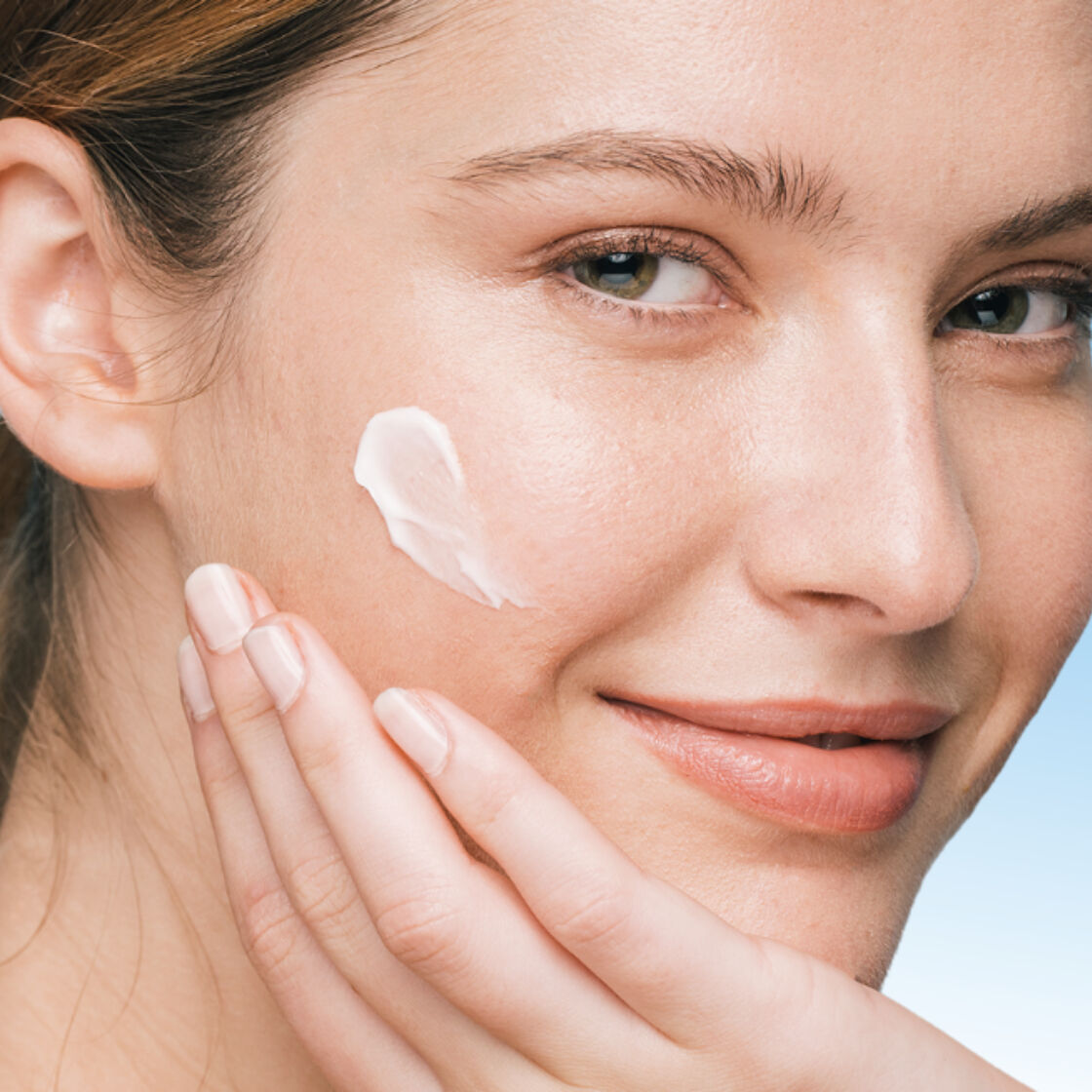
Exfoliating Acne-Prone Skin: A Step-by-Step Salicylic Acid Routine
Exfoliation is among the best methods of treating an acne-prone skin; however, when done improperly, it may increase acne. It also causes irritation and damages your skin barrier. This is why salicylic acid as an exfoliation solution has become a hero dermatologist-approved solution. In contrast to rough scrubs, salicylic acid sinks deep in the pores, cleanses the debris, and treats inflammation without violent friction.
In this blog, we will take you through what salicylic acid is and how to choose the right product. We will also show you how to incorporate a safe step-by-step routine that will bring actual outcomes to the acne-prone skin.

What is Salicylic Acid and How Does it Work?
Salicylic acid is a beta-hydroxyacid (BHA), a substance extracted from the willow bark, and has been used in acne treatment for a long time. Its rare oil-soluble quality makes it penetrate deep into pores, making it suitable for oily and acne-prone skin.
How salicylic acid works:
● Exfoliates Deeply: Loosens and dissolves the glue of dead skin cells, which clogs follicles.
● Minimizes pores in the skin: Prevents the formation of blackheads and whiteheads.
● Anti-inflammatory qualities: Soothes inflamed and swollen pimples.
● Oil control: Controls the excessive production of sebum to ensure a more balanced complexion.
● Helps in making the skin clearer in the long term by lowering the rate of and the severity of acne breakouts.
Salicylic acid benefits for the skin:
● Improves skin texture and softness.
● Minimizes pore appearance.
● Increases absorption of creams and serums.
● Alleviates the acne scars and inhibits the emergence of new ones.
● Dermatologist's remark: OTCs normally include 0.5-2 percent salicylic acid, which is a secure and effective concentration to use daily when taken in small doses.
How to Choose the Right Salicylic Acid Product
Not every skin that is prone to acne will respond similarly. The correct product is based on the sensitivity of your skin, your type of acne, and your tolerance.
Product types to consider:
Salicylic Acid cleanser
● Rinse-off, milder, and can be used on a daily basis.
● Perfect for first-time users and delicate skin.
Salicylic Acid lotion
● Liquid non-drying exfoliating moisturizer.
● Ideal when used on the body (back, shoulders) or when the skin is tolerant to leave-on exfoliants.
Spot treatments with salicylic acids.
● Greater concentration for stubborn pimples.
● Apply lightly to prevent irritation.
Key tips when choosing:
● Find non-comedogenic and fragrance-free versions.
● Select brands that have been tested by a dermatologist, such as Cetaphil, in case of sensitive skin.
● In the beginning, don’t combine any strong actives (such as retinoids or AHAs).
● Concentrations should always be checked start low and increase if tolerated.
Step-by-Step Salicylic Acid Exfoliation Routine
The process of creating the right routine of exfoliation takes time and effort. The following is a salicylic acid and exfoliation routine recommended by a dermatologist:
Step 1: Cleanse
● Apply a mild salicylic acid cleanser or soap 1-2 times a day.
● Rub on wet skin for 30 to 60 seconds and then rinse.
● Cleanses oil, dirt, and even cleanses pores without stripping natural oils.
Step 2: Treatment (optional)
● Add a salicylic acid lotion or serum 2-3 times per week if tolerated.
● Focus on the most problematic spots, such as the T-zone, chin, or jawline.
● Allow skin to acclimatize and then increase frequency.
Step 3: Moisturize
● Always use a light and hydrating moisturizer.
● Find formulas that contain glycerin, ceramid, or hyaluronic acid to restore the barrier.
● The non-comedogenic moisturizers help prevent dryness and irritation.
Step 4: Protect (AM Routine)
● Following chemical exfoliation, sunscreen is required.
● Use a broad-spectrum SPF 30+ daily to avoid hyperpigmentation and sensitivity.
Step 5: Monitor & Adjust
● Indications that it is effective: Fewer blackheads, clearer pores, there is less oiliness, and the texture becomes smoother.
● Stinging, redness, tightness, or peeling are the sign of overuse hence, decrease frequency.
Common Mistakes to Avoid
● Excessive Flaking: Applying salicylic acid more than once per day or adding too many actives will hurt the skin barrier.
● Omitting moisturizer: The skin of an acne-prone person gets drier.
● Forgotting sunscreen: Exfoliated skin is more sensitive to the sunlight.
● Crispy scrubs: Physical exfoliation leads to micro-tears and further exacerbates breakouts.
● Combining strong actives without instructions regarding retinoids, AHAs, and benzoyl peroxide may cause more irritation when not timed correctly.
Safety Tips and Precautions
To ensure salicylic acid for the skin that is safe and effective, remember the following:
● Begin gradually 2-3 times/week and then add more.
● Patch test: Apply on a small area first to ascertain reactions.
● Using plenty of moisturizer will help avoid skin drying and will keep skin barrier active.
● A dermatologist should be consulted in case of irritation.
● Do not use it on sensitive areas (around eyes, lips), unless specifically formulated.
Check out the Cetaphil AI Skin Analysis tool for personalised product recommendation based on your skin type. It takes a few minutes to match your specific skin requirements with products that are approved by the dermatologist. Try this today to get personalised product recommendations based on your skin type.
Conclusion
The skin around the areas that are acne-prone does not have to be exfoliated harshly. Using salicylic acid for exfoliation can decongest pores, clean up breakouts, and enhance the overall texture without being irritating.
● Select the appropriate product (cleanser, lotion, or treatment).
● Adhere to a slow, gradual routine.
● The most common mistakes, such as excessive use or neglect of moisturizer, should be avoided.
● Always prioritise sun protection.
Use non-comedogenic products with dermatologist-approved products such as Cetaphil to be safe.
FAQs
How often should I use salicylic acid on acne-prone skin?
Start 2-3 times weekly using a salicylic acid cleanser, then adjust frequency as your skin adapts. Some can tolerate daily use, but sensitive skin types should increase gradually to avoid irritation.
Can I use salicylic acid with other acne treatments?
Yes, but be cautious. Pairing salicylic acid with retinoids or benzoyl peroxide may increase irritation. Use them on alternate days or under a dermatologist's guidance for best results.
Is salicylic acid safe for all skin types?
Salicylic acid is generally safe, but sensitive or very dry skin should start with a mild cleanser or a low concentration. Dermatologist-recommended products, like Cetaphil’s, ensure barrier-friendly exfoliation for acne-prone skin.
Which is the best time to apply salicylic acid?
Evening use is ideal, as skin repairs overnight. However, a salicylic acid cleanser can also be used in the morning, provided you follow with a broad-spectrum SPF.
Does 2% salicylic acid exfoliate skin?
Yes. A 2% concentration is considered effective for exfoliation in acne-prone skin. It penetrates pores, unclogs debris, and reduces oil buildup while remaining within safe limits for over-the-counter use.



.png?sw=450&sh=450&sm=fit&q=85)
